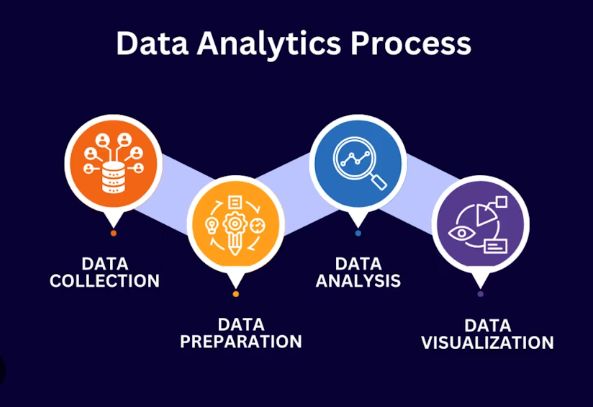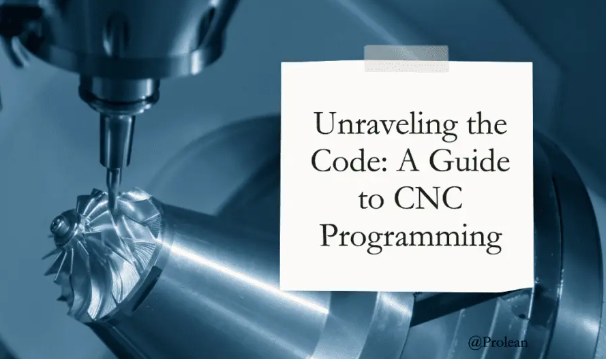
CNC Programming Course in Visakhapatnam | Of course. Here is a full, detailed explanation of a CNC Programming Course, covering its purpose, target audience, core concepts, types of programming, and career outcomes.
What is a CNC Programming Course?
A CNC (Computer Numerical Control) Programming course is a specialized training program that teaches the skills required to write, edit, and optimize code (often called G-code) that instructs CNC machines on how to manufacture a part. Top CNC Programming Course in Visakhapatnam | CNC machines include mills, lathes, routers, and grinders that are used to cut, shape, and create precision components from materials like metal, plastic, and wood.
The programmer is the link between a technical design (CAD model) and the physical finished part.
Who is this Course For?
- Machinists & CNC Operators: Skilled operators looking to advance their careers into more technical, higher-paying programming roles.
- Mechanical Engineering Students/Graduates: Those who need to understand the manufacturing process to design more manufacturable parts.
- Manufacturing Engineers & Technicians: Best CNC Programming Course in Visakhapatnam | Professionals responsible for optimizing production processes.
- Career Changers & Aspiring Manufacturers: Individuals seeking a hands-on, technical career in a high-demand field.
- Hobbyists & Makers: Those who own or have access to CNC equipment for personal projects.
Core Components & Syllabus (Full Details)
CNC Programming Course Near Me | A comprehensive CNC programming course is structured to take you from fundamental concepts to advanced, efficient programming techniques.
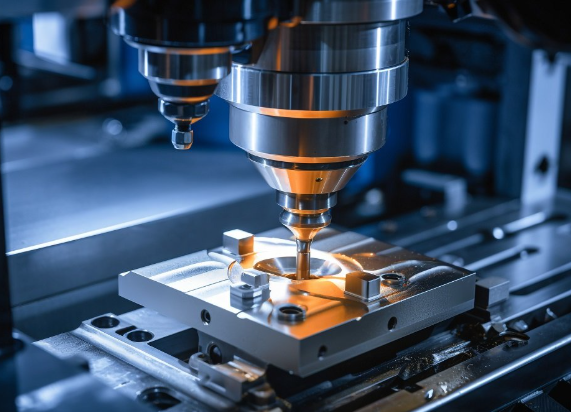
Part 1: Foundations of CNC Manufacturing
- Introduction to CNC: History, advantages over manual machining, and the role of the programmer.
- CNC Machine Fundamentals:
- Types of CNC Machines (3-axis, 4-axis, 5-axis Mills, CNC Lathes, Machining Centers).
- Machine Components: Axes (X, Y, Z), spindle, tool changer, coolant system, and controllers (Fanuc, Haas, Siemens, Heidenhain).
- Basic Blueprint Reading & GD&T (Geometric Dimensioning and Tolerancing): Best CNC Programming Course in Visakhapatnam | Interpreting engineering drawings, understanding symbols, dimensions, and tolerances.
Part 2: Manual Programming (G-Code & M-Code)
This is the foundational skill that every good programmer must understand, even if they use CAM software.
- Understanding G-Code: The language of CNC machines. Learning common commands:
- Motion Codes: G00 (Rapid move), G01 (Linear interpolation), G02/G03 (Circular interpolation).
- Unit & Coordinate Codes: G20/G21 (Inches/Millimeters), G90/G91 (Absolute/Incremental).
- Understanding M-Code: CNC Programming Course in Visakhapatnam | Miscellaneous function codes that control machine actions (M03 – Spindle on, M05 – Spindle off, M08 – Coolant on, M30 – Program end).
- Program Structure: Creating a full program from scratch, including safe start-up lines, tool changes, and program end.
- Tooling & Workholding: Selecting the right cutting tools (end mills, drills, taps) and understanding how to fixture the raw material (using vises, clamps, etc.).
Part 3: CAM Programming (Computer-Aided Manufacturing)
This is the modern standard for programming complex parts.
- Introduction to CAM Software: Using programs like Fusion 360, Mastercam, SolidWorks CAM, or Siemens NX CAM.
- The CAD-to-CAM Workflow: Importing or creating a 3D model (CAD) and using the CAM software to generate toolpaths.
- Creating Toolpaths:
- 2D Toolpaths: Facing, contouring, pocketing, and drilling.
- 3D Toolpaths: Roughing and finishing operations for complex surfaces (parallel, contour, scallop).
- Post-Processing: The critical step of translating the generic toolpaths from the CAM software into specific G-code that your machine’s controller can understand.
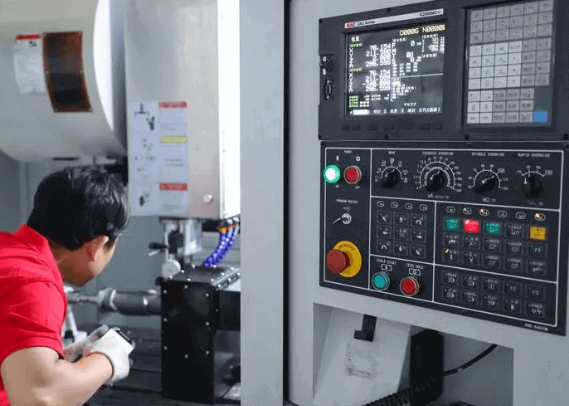
Part 4: Advanced Topics & Best Practices
- Speeds and Feeds Calculation: Determining the optimal cutting speed (RPM) and feed rate (IPM) for different tools and materials. This is crucial for tool life, surface finish, and efficiency.
- CNC Lathe Programming: Specific techniques for turning, facing, boring, and threading on a CNC lathe.
- Introduction to Multi-Axis Machining: Concepts for 4-axis and 5-axis machines, which allow for machining complex parts in a single setup.
- Setup and Operation: Hands-on practice loading programs, setting work offsets (G54, etc.), and tool offsets on an actual CNC machine.
- Verification & Simulation: Using software to simulate the machining process to detect errors and avoid costly crashes before running the program on the real machine.
Key Features & Teaching Methodology
- Hands-On Practice: The best courses provide access to actual CNC machines or advanced simulators.
- Software Proficiency: Heavy focus on becoming proficient with industry-standard CAM software.
- Project-Based Learning: You will typically design and program a series of parts, from simple to complex, to build a portfolio.
- Focus on Safety: Emphasizing safe work practices in a manufacturing environment.
Types of CNC Programming
- Manual Programming: Writing G-code line-by-line. Essential for simple parts, troubleshooting, and editing programs on the shop floor.
- Conversational Programming: Using a user-friendly interface on the machine’s controller to create programs without knowing G-code. Common on newer Haas and Hurco machines.
- CAM Programming: The standard for complex 2.5D, 3D, and multi-axis parts. It is visual, efficient, and less prone to error.
Benefits of Learning CNC Programming
- High Demand & Job Security: Skilled CNC programmers are critical in manufacturing sectors like aerospace, automotive, medical devices, and mold-making.
- Excellent Earning Potential: Programmers are among the highest-paid personnel on the shop floor.
- Creative & Problem-Solving Career: It’s a blend of technical knowledge and creative problem-solving to figure out the best way to make a part.
- Tangible Results: You get to see a physical object you programmed a machine to create.
- Pathway to Advanced Roles: Leads to careers in manufacturing engineering, tooling design, and shop management.
Challenges & Important Considerations
- Attention to Detail: A single typo in a program can lead to a scrapped part or a machine crash costing thousands of dollars.
- Need for Spatial Reasoning: Must be able to visualize the machining process in 3D.
- Foundation in Math: Strong skills in algebra, trigonometry, and geometry are essential for manual programming and understanding toolpaths.
- Constant Learning: New materials, tooling, and software features require ongoing education.
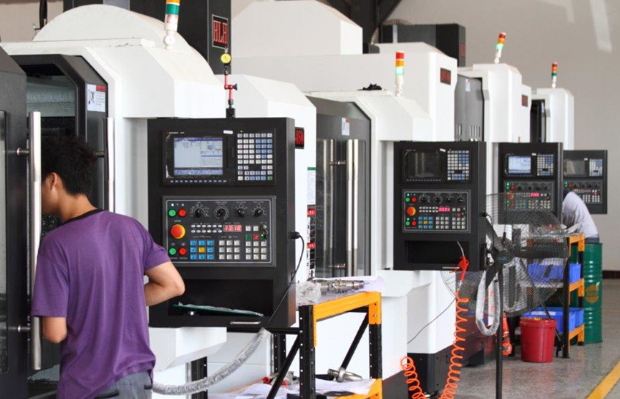
What to Look for in a Good CNC Programming Course
- Balance of Theory and Practice: Must include both manual G-code and modern CAM programming.
- Access to Equipment: Should offer hands-on time on industry-standard CNC machines (Mills and Lathes).
- Industry-Standard Software: Training on relevant CAM software like Fusion 360, Mastercam, or similar.
- Experienced Instructors: Teachers should have real-world experience as machinists or programmers.
- Focus on Practical Skills: Curriculum should cover speeds/feeds, tooling selection, and GD&T.
Career Paths After a CNC Programming Course
- CNC Programmer
- CNC Machinist
- Manufacturing Engineer
- CAM Programmer
- Tooling Engineer
- Shop Floor Supervisor
Conclusion
A CNC Programming course is a gateway to a respected and well-compensated career in modern manufacturing. It equips you with the critical skills to transform digital designs into physical reality, a process at the heart of advanced manufacturing. By mastering both the foundational language of G-code and the power of CAM software, you become a highly valuable asset in any production environment, with a clear path for career growth and specialization.


